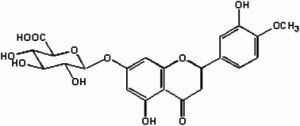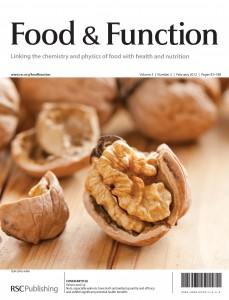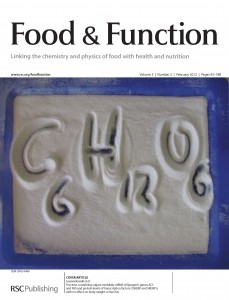This month sees the following articles in Food & Function that are in the top ten most accessed:-
Nuts, especially walnuts, have both antioxidant quantity and efficacy and exhibit significant potential health benefits
Joe A. Vinson and Yuxing Cai
Food Funct., 2012, Advance Article, DOI: 10.1039/C2FO10152A
Espresso coffees, caffeine and chlorogenic acid intake: potential health implications
Thomas W. M. Crozier, Angelique Stalmach, Michael E. J. Lean and Alan Crozier
Food Funct., 2012, 3, 30-33, DOI: 10.1039/C1FO10240K
Whole grain cereals: functional components and health benefits
Rafael Borneo and Alberto Edel León
Food Funct., 2012, Advance Article, DOI: 10.1039/C1FO10165J
Development of oral food-grade delivery systems: Current knowledge and future challenges
Revital Cohen Benshitrit, Carmit Shani Levi, Sharon Levi Tal, Eyal Shimoni and Uri Lesmes
Food Funct., 2011, Advance Article, DOI: 10.1039/C1FO10068H
Antihypertensive peptides from food proteins: a review
Daniel Martínez-Maqueda, Beatriz Miralles, Isidra Recio and Blanca Hernández-Ledesma
Food Funct., 2012, Advance Article, DOI: 10.1039/C2FO10192K
Surface-active solid lipid nanoparticles as Pickering stabilizers for oil-in-water emulsions
Renuka Gupta and Dérick Rousseau
Food Funct., 2012, Advance Article, DOI: 10.1039/C2FO10203J
The metabolism and analysis of isoflavones and other dietary polyphenols in foods and biological systems
Stephen Barnes, Jeevan Prasain, Tracy D’Alessandro, Ali Arabshahi, Nigel Botting, Mary Ann Lila, George Jackson, Elsa M. Janle and Connie M. Weaver
Food Funct., 2011, 2, 235-244, DOI: 10.1039/C1FO10025D
Mechanisms underlying the cholesterol-lowering properties of soluble dietary fibre polysaccharides
Purnima Gunness and Michael John Gidley
Food Funct., 2010, 1, 149-155, DOI: 10.1039/C0FO00080A
Inhibitory effects of garcinol and pterostilbene on cell proliferation and adipogenesis in 3T3-L1 cells
Chin-Lin Hsu, Yu-Jyun Lin, Chi-Tang Ho and Gow-Chin Yen
Food Funct., 2012, 3, 49-57, DOI: 10.1039/C1FO10209E
Insights into the metabolism and microbial biotransformation of dietary flavan-3-ols and the bioactivity of their metabolites
Maria Monagas, Mireia Urpi-Sarda, Fernando Sánchez-Patán, Rafael Llorach, Ignacio Garrido, Carmen Gómez-Cordovés, Cristina Andres-Lacueva and Begoña Bartolomé
Food Funct., 2010, 1, 233-253, DOI: 10.1039/C0FO00132E
Why not take a look at the articles today and blog your thoughts and comments below.
Fancy submitting an article to Food & Function? Then why not submit to us today or alternatively email us your suggestions.
Comments Off on Top ten most accessed articles in January

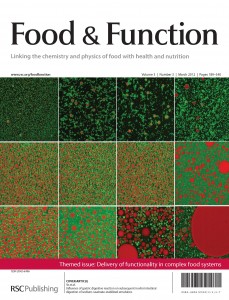 This symposium aims to bring together scientists from diverse backgrounds and sectors to communicate research and engage in discussions pertaining to the fundamental principles underlying food design and applying these principles in a holistic manner to design food materials
This symposium aims to bring together scientists from diverse backgrounds and sectors to communicate research and engage in discussions pertaining to the fundamental principles underlying food design and applying these principles in a holistic manner to design food materials










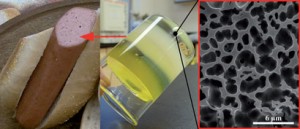
 Cholesterol is steroid of fat and although it is vital for the human body, too much cholesterol in the blood increases the risk of coronary heart disease and disease of the arteries. Diet has a huge part to play in regulating levels of cholesterol in the body, and much research is focused on understanding the mechanisms involved.
Cholesterol is steroid of fat and although it is vital for the human body, too much cholesterol in the blood increases the risk of coronary heart disease and disease of the arteries. Diet has a huge part to play in regulating levels of cholesterol in the body, and much research is focused on understanding the mechanisms involved. 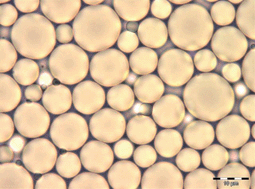


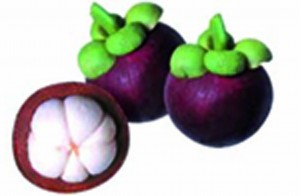 Ana Martinez and colleagues from Mexico have reported a theoretical study on the antioxidant mechanism of xanthones. Xanthones are bioactive compounds found in tropical fruits such as mangosteen (Garcinia mangostana) and have shown antioxidant behaviour in a number of experimental studies, however the mechanism of action is not thoroughly understood.
Ana Martinez and colleagues from Mexico have reported a theoretical study on the antioxidant mechanism of xanthones. Xanthones are bioactive compounds found in tropical fruits such as mangosteen (Garcinia mangostana) and have shown antioxidant behaviour in a number of experimental studies, however the mechanism of action is not thoroughly understood.